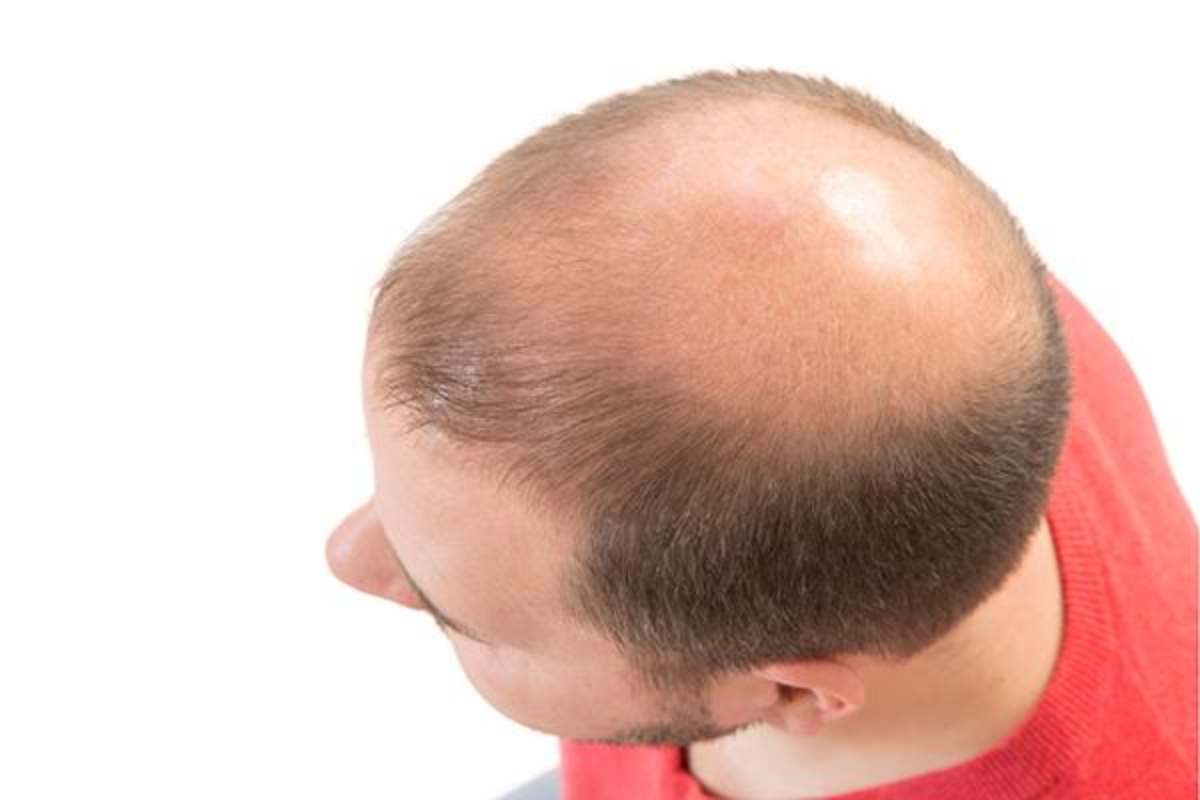Losing your hair can be extremely devastating as you get older, but even people who don’t lose their hair can have a hard time with the effects of aging on their bodies. As we get older the pigment in our hair follicles begins to degrade and our hair will eventually turn gray. Even if it doesn’t fall out, or start to thin, graying hair is something that everyone will deal with and it can be extremely upsetting, or at the very least time consuming.
Can graying hair be reversed?
If you would have asked us just a few years ago we probably would have told you that with today’s technology and research, it hasn’t been possible, but due to recent discoveries that answer may have just changed.
What Causes Gray Hair?
While some people believe that stress is one of the causes of hair turning gray, that’s actually not true. Stress can do a lot of harm to your body if experienced for long periods of time, but gray hair is typically not related to stress.
Gray hair occurs as part of the aging process. When hair follicles are produced on your scalp, they contain the color pigment, melanin, that gives each hair strand its color. This melanin comes from nearby melanocytes. Over time the melanocytes get lazy and stop producing melanin. With less melanin incorporated into the hair shaft, the strand begins to lose its original color. each time the hair falls out and regrows.
This natural cycle of hair dying and regenerating causes the pigment in your hair follicle to slowly fade out, eventually leaving you with no more pigment, thus the gray hair.
Hair Dye for Gray Hair
Up until a recent study, the only way to change your hair from gray, back to the original color, was to dye your hair. Of course there was always the option to pluck those gray hairs as they appeared, but eventually there are going to be too many of them to pull out and you’ll want to keep as many hairs on your head as possible as your aging hair also becomes thinner.
Dying your hair provides you with a way to cover up those pesky gray hairs and change them to whatever color you would like. Of course, with hair dye, the process is not a permanent one and you will have to dye your hair for the rest of your life if you want to maintain your original hair color.
Hair dye works by breaking down the outer layer of your hair and allowing the coloring to enter the hair cortex and coat space between the hair cuticles, thus giving your hair that new shade of color. As your hair continues to grow out, the original hair color, or lack thereof, will begin to show again. Because of this process, the same process that produces gray hair during the aging process, you will have to redye your hair every time it grows out revealing the gray hairs. For many people, this means a trip to the salon or a home dye kit every 3-4 weeks which means a lot of time and money is spent keeping hair its original color.
Possibility of Reversing Gray Hairs
Now that we know about what causes gray hairs and what can be done to help reduce the gray showing on your scalp, is there a possibility of reversing gray hairs? Maybe.
A report has come out about a 51-year-old man with gray hair who, after taking medication for his chronic myeloid leukemia, had noticed that his original brown hair had started growing again.
This patient had not taken any other medications other than the ones prescribed to him for his cancer and had reported using no hair coloring products. In addition to nothing else changing aside from his medication, researchers found that molecular testing indicated a deep molecular response to the medication.
Nilotibib, also known as the brand name Tasigna, is a tyrosine kinase inhibitor. This enzyme plays a role in the proliferation of cancer cells but is also important to melanocyte function and production of pigment in our skin and hair. The drug commonly prescribed in order to overcome imatinib resistance in this particular type of leukemia.
This chemotherapy drug was determined to be the cause of medication-induced hair repigmentation in the patient. The patient continued on the drug as prescribed, and it was noted that his hair maintained the brown color instead of the gray that it was originally before starting the drug.
Is This the Miracle Drug Those With Gray Hair are Looking For?
Not exactly.
While this patient did experience repigmentation of his gray hair, it is noted that only 17% of patients on this drug experience pigment changes in their hair or skin. In addition to that, the medication that this patient was taking does have some serious side effects that are not worth the risk just for treating gray hair. More research will have to be done into this type of medication in regards to adding the color back into your hair, but it’s things like this that get us excited for what the future of hair care products and hair loss products may bring. Interestingly the recently approved drug, Olumiant (baricitinib), that treats Alopecia Areata is a JAK inhibitor, which is also a form of tyrosine kinase. So we are learning more and more everyday about the important role of these enzymes in both hair growth and hair color. At least it provides a glimmer of hope that one day we can all have luscious hair that never turns gray!







